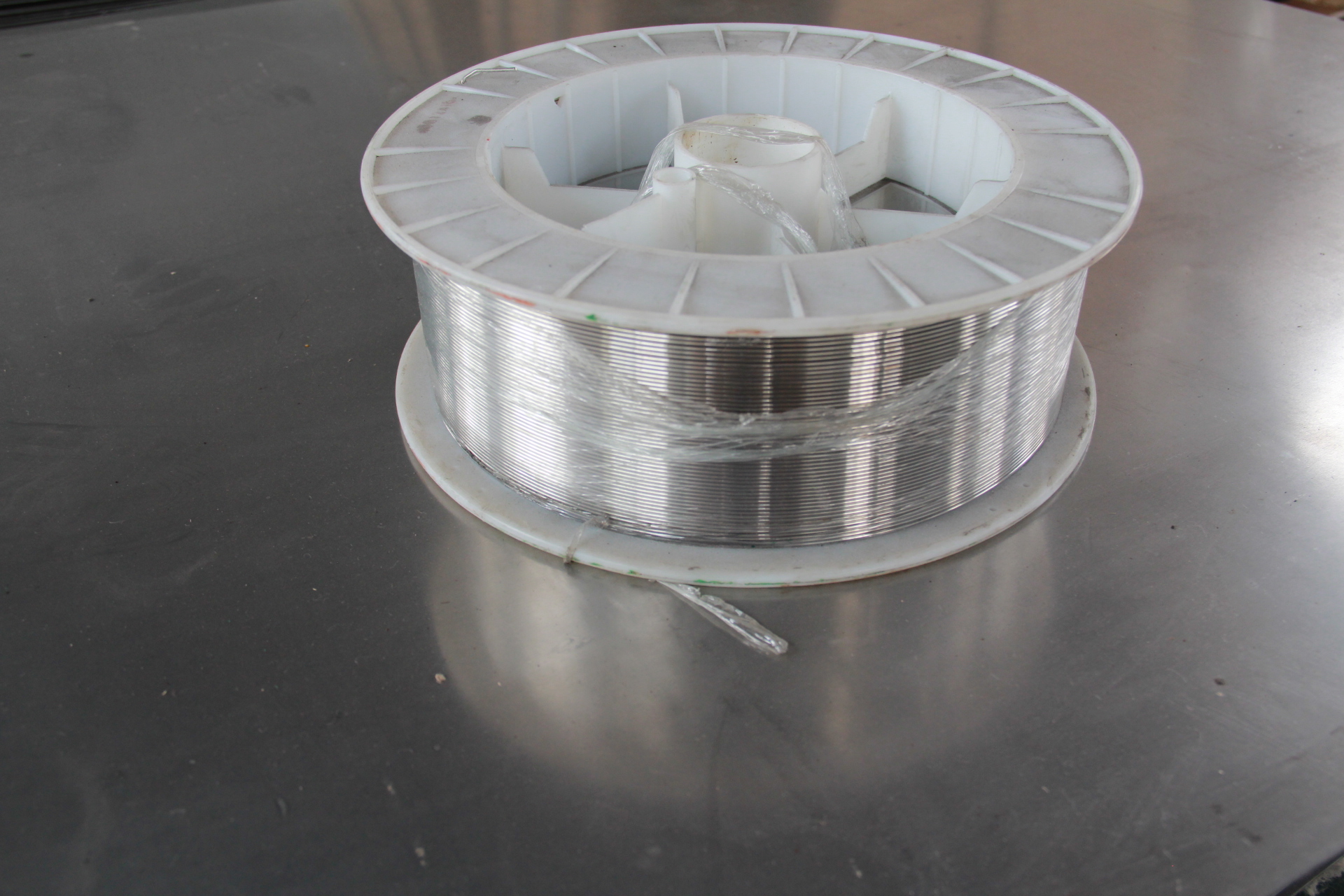Liquid vaporization refrigeration uses the heat release effect of liquid vaporization and condensation to achieve refrigeration, and the liquid vaporizes to form steam. When the liquid is in a closed container, there is no other gas other than the liquid and the steam generated by the liquid itself. The liquid and steam will reach equilibrium under a certain pressure. At this time, the vapor is called saturation. Steam, pressure is called saturation pressure, and temperature is called saturation temperature. At equilibrium, the liquid is no longer vaporized. If a portion of the steam is withdrawn from the vessel, the liquid must continue to vaporize to produce a portion of the steam to maintain this balance.
The liquid absorbs heat when it is vaporized. This heat is called latent heat of vaporization. The latent heat of vaporization comes from the object to be cooled, and the object to be cooled becomes cold. In order for this process to continue, it is necessary to continually withdraw steam from the container and allow it to condense into a liquid before returning to the container. If the steam extracted from the vessel is directly condensed into steam, the temperature of the required cooling medium is lower than the evaporation temperature of the liquid. We hope that the condensation of the steam is carried out at normal temperature, so it is necessary to raise the pressure of the steam to normal temperature. Saturated pressure.
The refrigerant will evaporate at low temperature and low pressure to produce a cold effect; it will condense at normal temperature and high pressure to release heat to the surrounding environment or cooling medium. The steam becomes a high-pressure liquid after being condensed at normal temperature and high pressure, and it is also necessary to lower the pressure to the evaporation pressure before entering the container.
The liquid vaporization refrigeration cycle is composed of four processes: working fluid vaporization, steam boosting, high pressure steam condensation, and high pressure liquid pressure reduction.
Nickel-based alloy wire owns good resistance to high reactive gases, caustic resistance medium and acid corrosion performance, and also owns high strength, good capability of shaping, hot and cold forming and welding deformation. Therefore it is widely used in petroleum chemical industry, metallurgy, atomic energy, ocean development, aviation, aerospace to solve the problem that general industry, stainless steel and other metals, non-metallic materials engineering corrosion problems could not be solved,it is a very important kind of corrosion resistant metal materials. Nickel based alloys are nickel based alloys that contain alloy elements and which can be resistant to corrosion in a number of media. To classify the chemical composition characteristics, mainly nickel, nickel copper alloy, nickel alloy, nickel chromium molybdenum (Nie Mutie) (iron nickel alloy), nickel chromium molybdenum (including Ni Cr Mo alloy and Ni Cr Mo Cu alloy) and nickel iron chromium (both iron nickel alloy) and other types of. Pure nickel welding wire ERNi-1 for welding of 200, 201 nickel alloy and nickel plated steel plate; steel and nickel dissimilar materials welding; steel surface surfacing.

Nickel Alloy Welding Wire\Welding Consumables
Nickel Alloy Welding Wire,Welding Consumables,Alloy C276 Materials,Inconel 600 Welding
Jiangsu nickel alloy Co.,Ltd , http://www.xhalloy.com